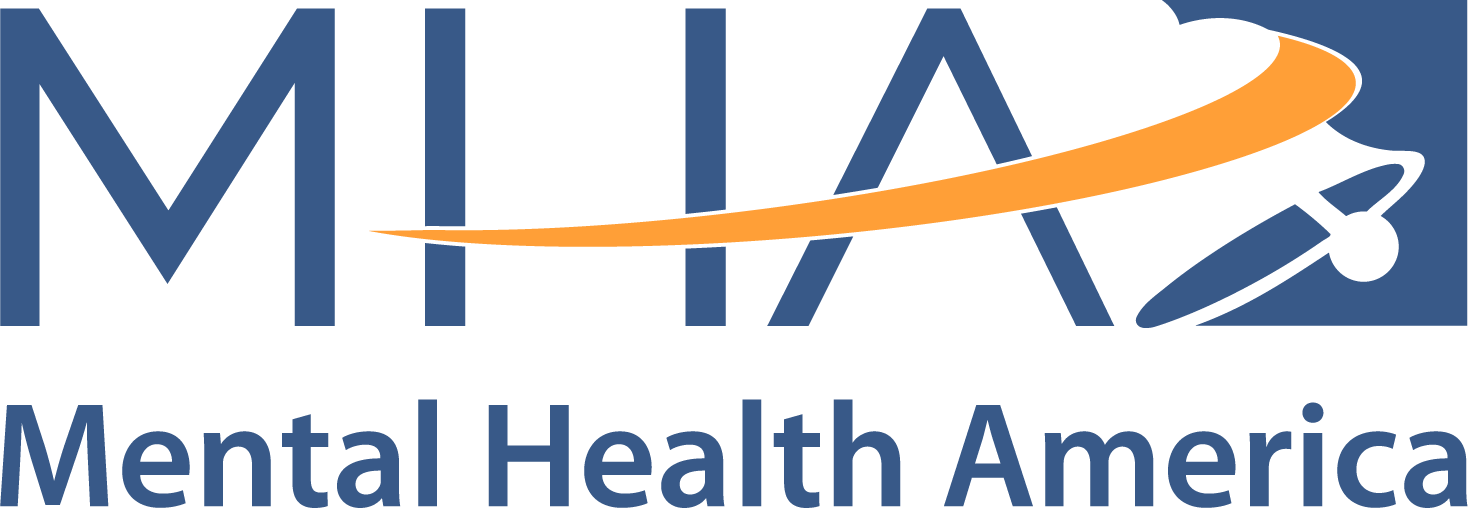A version of this article was originally posted on the Mental Health America website.
People who identify as bisexual+ (bi+) make up the largest identity group within the LGBTQ+ community [1]. Bisexuality is a very general (and inclusive!) term that describes physical, romantic, or sexual attraction that isn’t limited to one sex or gender. Because bisexuality is so broad, there are many ways to be bisexual. And personal definitions of identity can vary. To some people, their bisexuality describes an attraction to men and women. To others, it means attraction to genders like their own and unlike their own, or attraction regardless of sex or gender.
More and more people are identifying as bisexual. This includes nearly 12% of Gen Z adults (ages 18-24) [2]. But bisexuality is still a widely misunderstood and stereotyped sexuality. Compared to gay, lesbian, and straight individuals, the stigma that bisexual people face can result in exclusion, isolation, and poorer health outcomes [3].
Confusion and self-doubt
When first figuring out your sexuality, you may know that you aren’t straight or gay (or even feel like both). But you may not know that bisexuality is an identity or have the words to explain your experiences. For many bisexual people, attraction to different genders doesn’t necessarily feel the same. This can leave you second-guessing your attraction to certain genders. Or wondering if you’re gay or straight instead of bisexual.
One of the best ways you can overcome this doubt in your identity is to learn more about bisexuality. If you have any bisexual friends, ask if they’re open to sharing their experiences. Turn to different types of media from a variety of bisexual creators. Blog posts, social media, podcasts, and books are great ways to learn more about how people experience bisexuality. And this can help you feel more secure in your identity.
Fitting in and finding community
When you’re attracted to multiple genders, it can feel easier to ignore it. In fact, bisexual individuals are more likely to hide their sexual orientation than gay men or lesbian women [3]. Feeling unwelcome in the LGBTQ+ community makes bi+ folks prone to isolation. It’s common for bi+ folks to feel “too straight” for LGBTQ+ circles and “too gay” for straight circles. But bisexual people aren’t partly gay and partly straight. They are entirely bisexual, and a valid part of the LGBTQ+ community.
Validating and affirming yourself is an important starting point. You deserve to be in LGBTQ+ spaces and are allowed to be there! Begin by seeking out just one other LGBTQ+ person to connect with, or go to an event with a buddy so it’s not as intimidating. Feeling like you’re connected to the greater community, even if only through one person, can go a long way in making you feel validated in your identity.
Dealing with biphobia
Biphobia describes the stigma, prejudice, and discrimination individuals face for being bisexual. This happens both in and out of the LGBTQ+ community. Sometimes this looks like homophobia – believing that men should only be attracted to women, and vice versa. Within the LGBTQ+ community, it’s a bit more subtle. Some people may believe that individuals can be attracted to someone of the same gender, but not another gender at the same time. Or pressure bisexual folks to “pick a side.”
While you can’t force people to accept you, you can (to some extent) choose who you surround yourself with. If there are people in your life who don’t respect and affirm your identity, make sure you’re spending time with others who do. It won’t take away the pain of biphobic comments or behaviors, but it will help build up your resiliency to negative attitudes.
With more and more people coming out and mental health needs on the rise, it’s important to have relevant resources available to people of all communities and identities. Unfortunately, the needs of the bisexual community are under-researched and underfunded compared to other LGBTQ+ identities [1]. If you’re struggling with your mental health, consider taking a mental health test. For more information on LGBTQ+ mental health, check out MHA’s Resource Hub.
- Swan & Habibi. (2018). Bisexuality: Theories, Research, and Recommendations for the Invisible Sexuality. Springer Cham.
- Jones. (2022). LGBT Identification in U.S. Ticks Up to 7.1%. Gallup News. Retrieved from https://news.gallup.com/poll/389792/lgbt-identification-ticks-up.aspx
- Feinstein & Dyar. (2017). Bisexuality, Minority Stress, and Health. Current Sexual Health Reports 9, 42-49. Retrieved from https://doi.org/10.1007/s11930-017-0096-3
"*" indicates required fields
"*" indicates required fields
"*" indicates required fields
"*" indicates required fields
